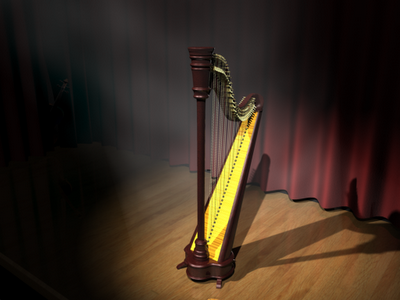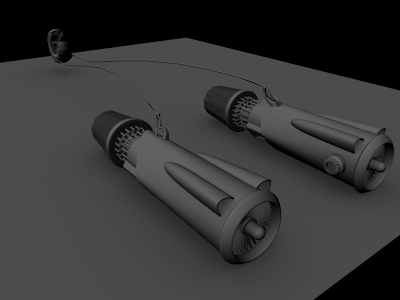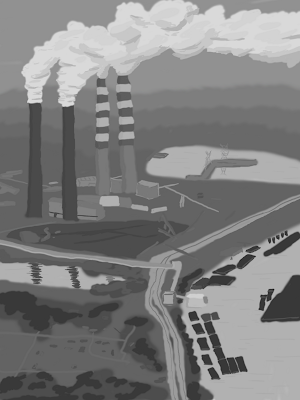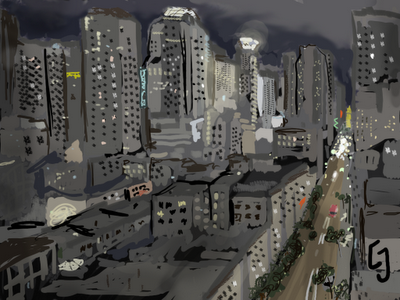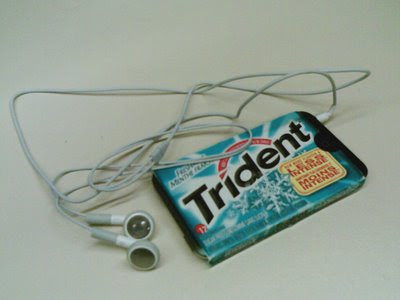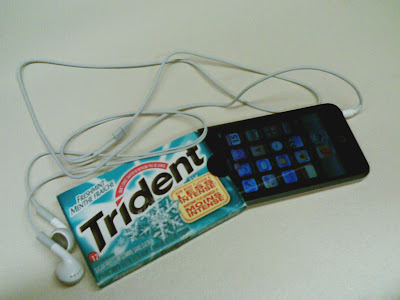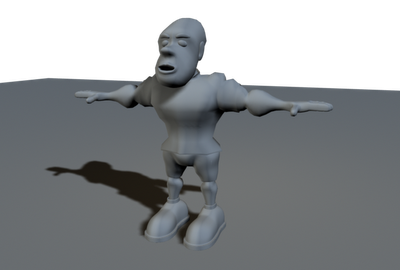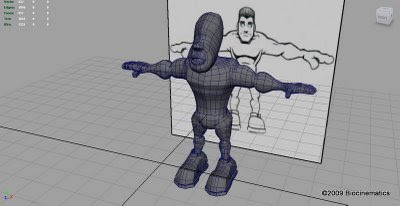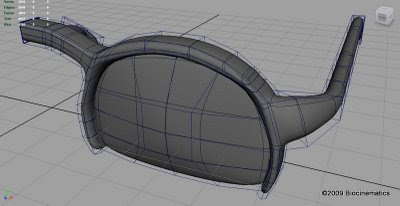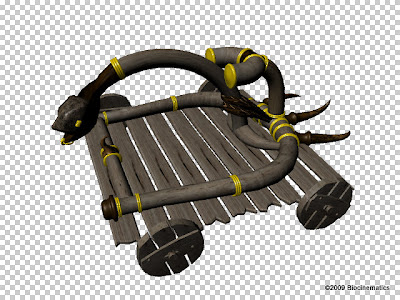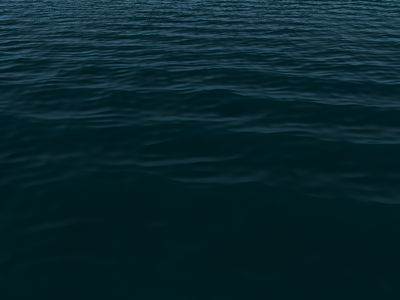I just finished another DT course: Intro to MEL, which is about Maya's Embedded Language for making little scripts and customizing the program.
Say you want a quick way to hide some attributes for all objects that are selected... well Maya doesn't come with a single button to do that, but you can make one! And create new marking menus, which are almost like mouse gestures in a way (if you haven't used Maya before). So the main project was to create some pretty little flowers entirely using MEL. Here they are:
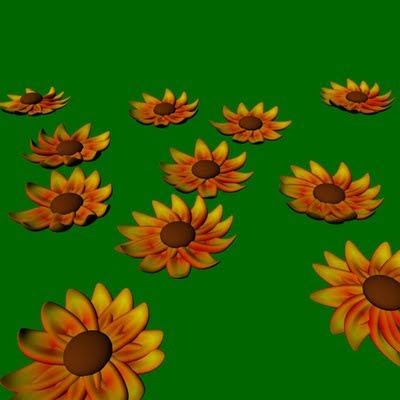
Ew... a jpeg... but the png's screw up the transparency for some reason and blogger only accepts jpegs, pngs, bmps, and gifs. I'll try a bmp next time.
All the texturing, modelling and everything was done with this little script:
global proc flowerMaker () {
int $numPetals = `rand 10 15`;
$createShader = 1;
//check for petal shader
string $shaders[] = `ls -mat`;
for ($myNode in $shaders){
if ($myNode == "petalColor")
$createShader = 0;
}
switch ($createShader){
case 0:
print "Shader exists\n";
break;
case 1:
//build shader network
shadingNode -asShader lambert -n "petalColor";
shadingNode -asTexture ramp -n "petalRamp";
sets -renderable true -noSurfaceShader true
-empty -n petalColorSG;
connectAttr -f petalColor.outColor petalColorSG.surfaceShader;
connectAttr petalRamp.outColor petalColor.color;
setAttr "petalRamp.colorEntryList[3].color" -type double3 1 0 0;
setAttr "petalRamp.colorEntryList[3].position" 1;
setAttr "petalRamp.colorEntryList[2].color" -type double3 1 1 0;
setAttr "petalRamp.colorEntryList[2].position" .5;
setAttr "petalRamp.colorEntryList[1].color" -type double3 1 0 0;
setAttr "petalRamp.colorEntryList[1].position" 0;
setAttr petalRamp.type 8;
//build core shader network
shadingNode -asShader lambert -n "coreColor";
sets -renderable true -noSurfaceShader true
-empty -n coreColorSG;
connectAttr -f coreColor.outColor coreColorSG.surfaceShader;
setAttr "coreColor.color" -type double3 0.5 0.222 0.028;
break;
}
//create flower core
sphere -ax 0 1 0 -n "core";
string $myCore[] = `ls -sl`;
scale 1 .5 1;
move 0 .2 0;
//connects to core shader network
select $myCore[0];
pickWalk -d down;
string $myCoreShape[] = `ls -sl`;
sets -edit -forceElement coreColorSG $myCoreShape[0];
// build the petal
sphere -ax 0 1 0;
move 0 0 -1.6;
scale .7 .3 1.7;
FreezeTransformations;
ResetTransformations;
string $myPetal[] = `ls -sl`;
parent $myPetal $myCore;
//connects to shader network
select $myPetal[0];
pickWalk -d down;
string $myPetalShape[] = `ls -sl`;
sets -edit -forceElement petalColorSG $myPetalShape[0];
//move the tip of the petal
select ($myPetal[0] + ".cv[3] [7]");
move -r 0 1.5 0;
//move center of petal down
//U loop
for ($uCV = 5; $uCV <= 6; $uCV++){
//V loop
for ($vCV = 0; $vCV <= 7; $vCV++){
select ($myPetal[0] + ".cv[" + $uCV + "] [" + $vCV + "]");
move -r 0 -.3 0;
}
}
//closed the loops
//duplicate petals
select $myPetal[0];
float $degreeApart = (360 / $numPetals);
for ($i = 1; $i < $numPetals; $i++){
duplicate;
rotate -r 0 $degreeApart 0;
// randomly rotate the petals
float $petalRX = `rand -10 10`;
float $petalRY = `rand -10 10`;
float $petalRZ = `rand -10 10`;
FreezeTransformations;
rotate $petalRX $petalRY $petalRZ;
}
select $myCore;
rename "Flower0";
}
That creates one flower... yeah, so it would be easier to just make it by hand, but this really taught me a lot about MEL's syntax and commands and different things you can do with it.
I think I'm going to work through another modelling tutorial project next, so hopefully that goes okay.
I also am going to be doing a directed study at UVic to learn some Maya and stuff, so that should be fun. I'll keep you posted on that too.
Later,
Stuart








